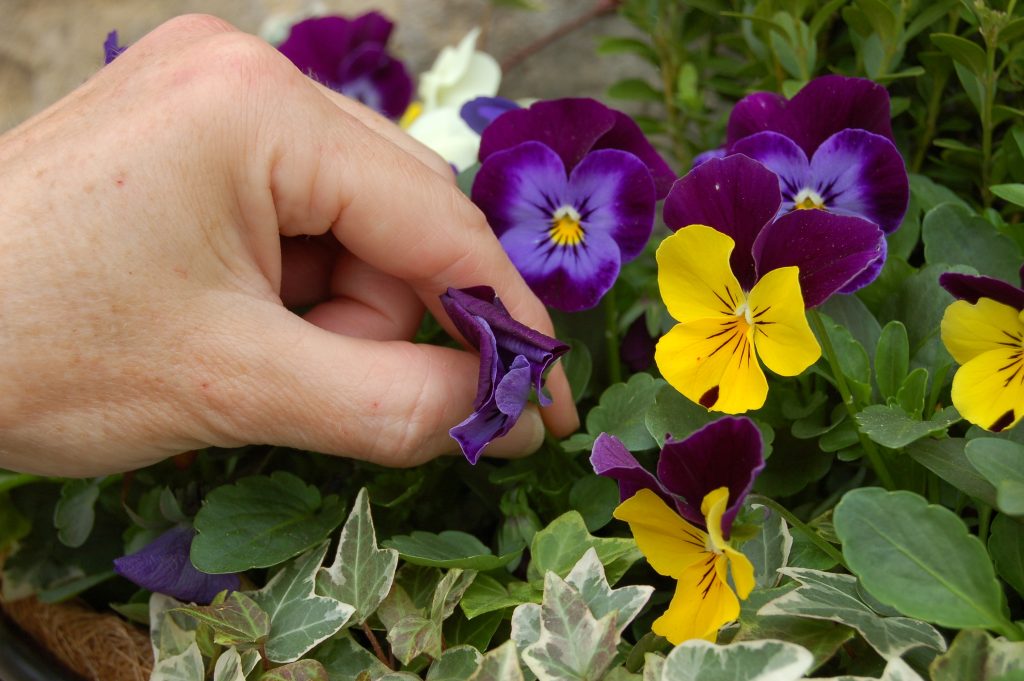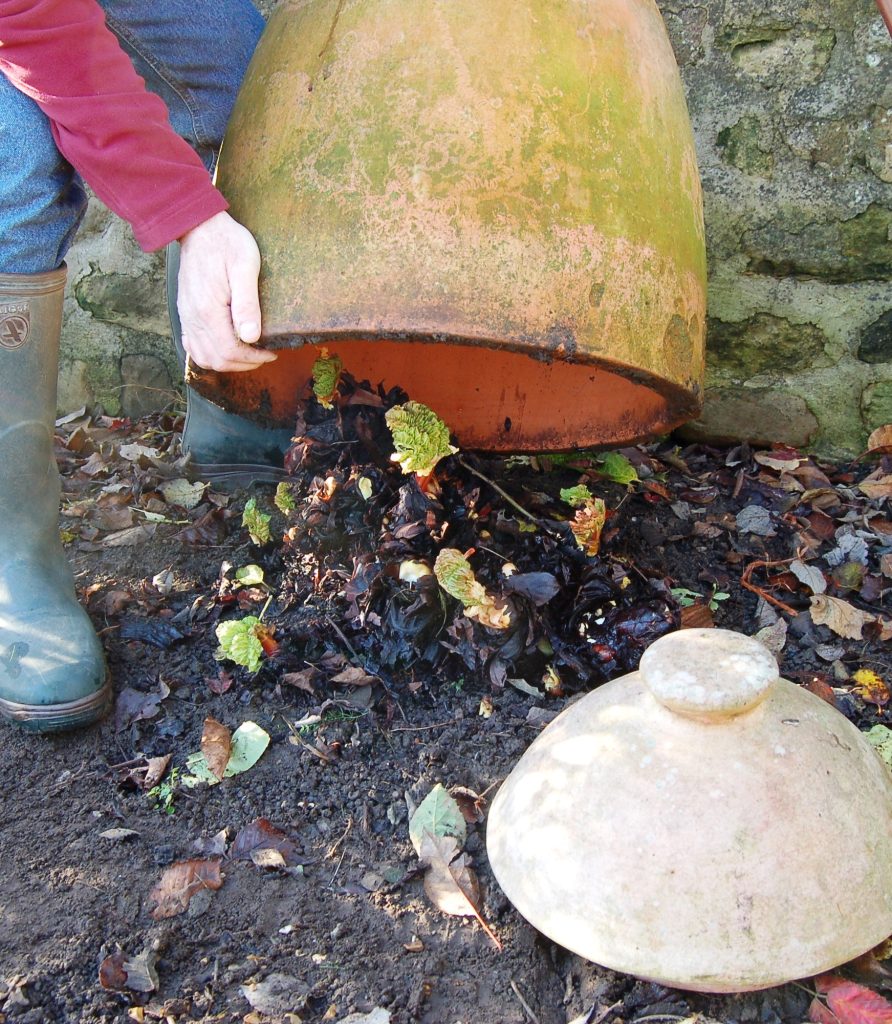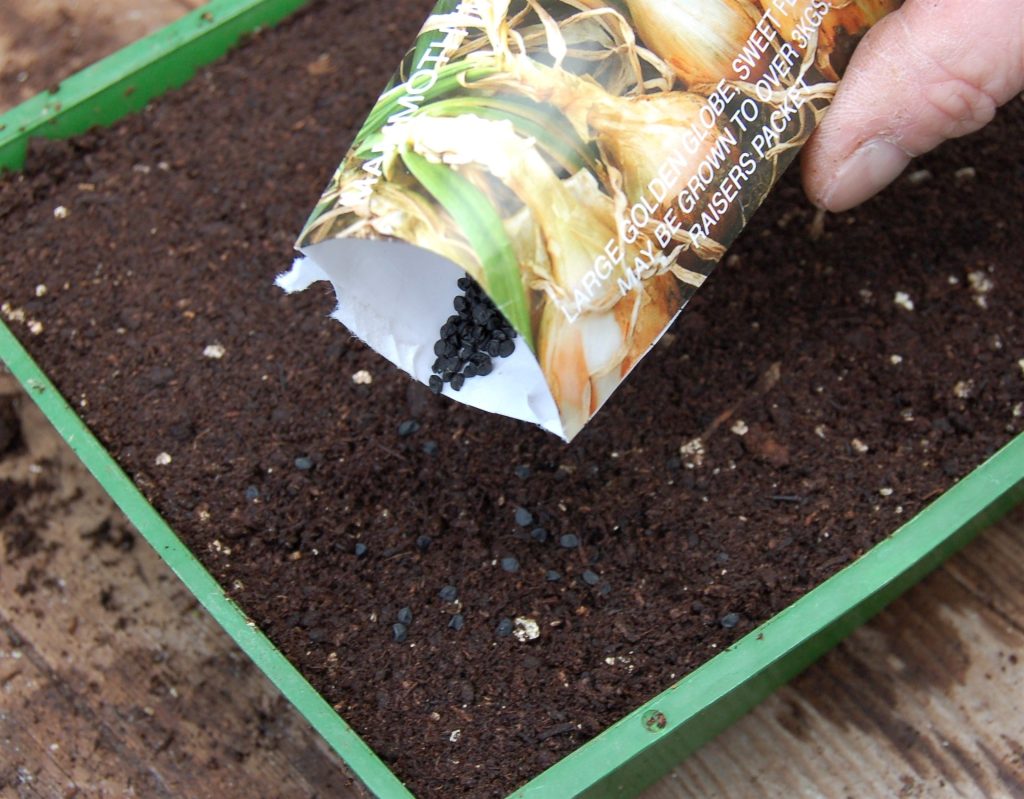January jobs in the garden
Hello everyone,
Hope you all had a good Christmas break and Happy New Year.
As I write this newsletter the rain has finally stopped and believe it or not, we’ve got some blue sky and sunshine! I feel like running around on the lawn to celebrate, although at the moment our lawns are very soggy, and I’d just make a mess!
Since November it’s been very wet across the UK with lots of flooding and waterlogged conditions. In Lincolnshire we had our normal January rain fall in the first three days of the month! Fingers crossed, we’re now in for a period of dry, cooler weather which will be great for the garden.
From now on the days will gradually lengthen and slowly bulbs will start to emerge and winter shrubs will produce their delicate, often scented flowers. Daphne, winter honeysuckle, mahonia, viburnum and sarcococca are just a few that bring a little cheer to the garden and very soon we’ll have snowdrops and winter aconites to admire.
For Jill and me, hopefully January will be a time when we get lots done in the garden. While it’s been too wet to garden, we’ve been building a new log store and paving a storage area, but as soon as the soil drains a little, we’ll be back in the garden. My plan is to have all the beds and borders in the side and rear garden shaped, forked over and composted ready for planting come March when the soil starts to warm up.
I’ve already got lots of the plants but need to buy a few more and I’m really keen to make sure we include several with winter interest in the form of evergreen foliage, stem colour and winter flowers. For a bit of inspiration, when I’m next up in North Yorkshire, I’ll pop into Harlow Carr to have a wander through the Winter garden, which looks magnificent at this time of the year.
We’ll also be out and about giving talks and demonstrations, so all in all the next month or two looks like being busy!
Jobs for January
Now is a great time to make sure all your gardening tools are clean and ready for the new gardening season. Spade, forks, rakes and hoes can all be cleaned, and the steel parts wiped over with an oil rag to prevent rusting. Wooden handles and shafts and be lightly sanded and coated with linseed oil to protect them. Once finished they will look like new.

If your lawn and garden soil is wet and soggy, keep off it until it naturally starts to dry. A few dry, bright days will make all the difference. To help any surface water drain where the soil or lawn is compacted, spike the ground with a garden fork pushed in as deep as possible.
Established wisteria can be given a winter prune to further shorten last year’s grow back to just a few inches. It’s also a good time to carry out harder pruning on large plants that are spreading or growing out from the wall too much. Don’t go mad though as pruning off too much will result in fewer flowers.
With the possibility of colder weather on the way, make sure all outside taps are protected from frost by fitting a polystyrene cover or by wrapping bubble polythene around the pipes and tap.
Lawn mowers are now finished with until early spring so it a good time to clean them and get them serviced ready for the new mowing season.
When the ground is dry enough to walk on, now is a good time to make any alterations to the shape of existing beds or to create new ones.
Dead head winter flowering pansies and violas to keep them looking good and to produce new flower buds.

Apples and pear trees can be given their winter prune while they are dormant. It can be done any time before the buds start to burst in March. Thin out overcrowded branches, cut out dead wood and shorted long new growth. The aim is to have an open canopy.
Keep harvesting winter vegetables such as parsnips, winter cabbage, Brussels and kale. If the ground is very wet, lay a wooden board down to walk on to.
If you’ve got an established clump of rhubarb, it can be covered over with a large container or forcing pot to force the stems into early growth to provide you with tender, pink sticks in March and April.

If you fancy growing a few large onions, now is the time to sow the seed in pots or small trays. You’ll need to provide a little heat such as an electric propagator or warm windowsill to help germination.

For more weekly gardening tips and advice from Martin visit “Pots & Trowels” on Facebook or subscribe on YouTube for free, plus our new weekly gardening podcast available from your normal podcast provider or www.potsandtrowels.com
Happy gardening
Martin Fish. www.martinfish.com